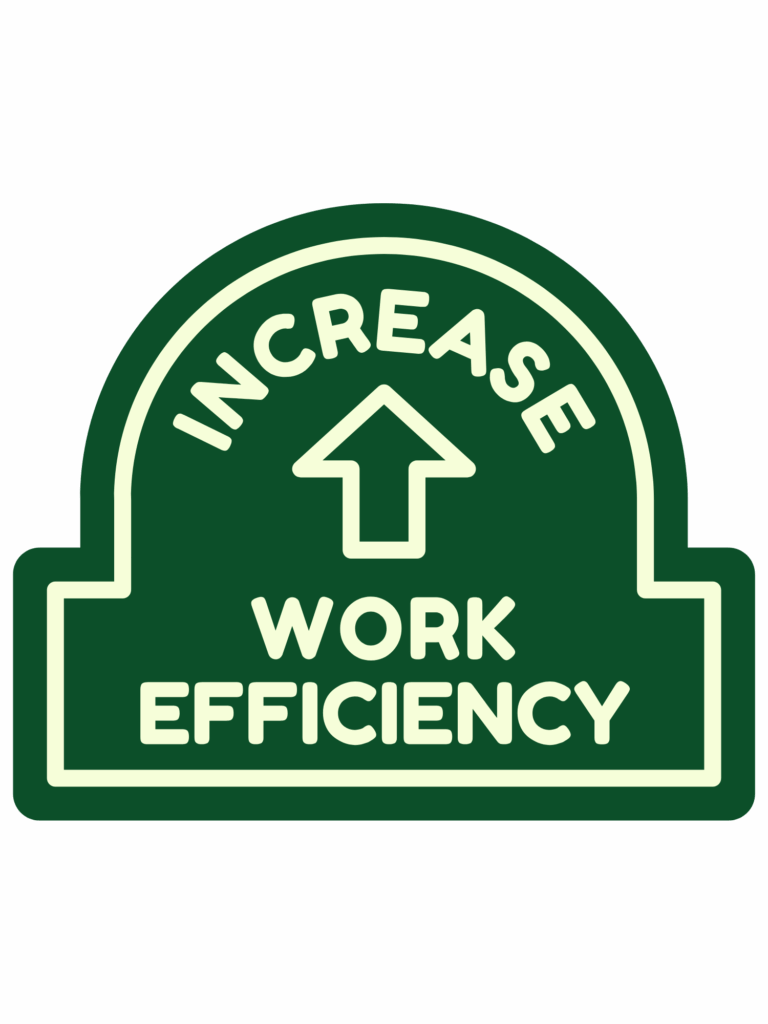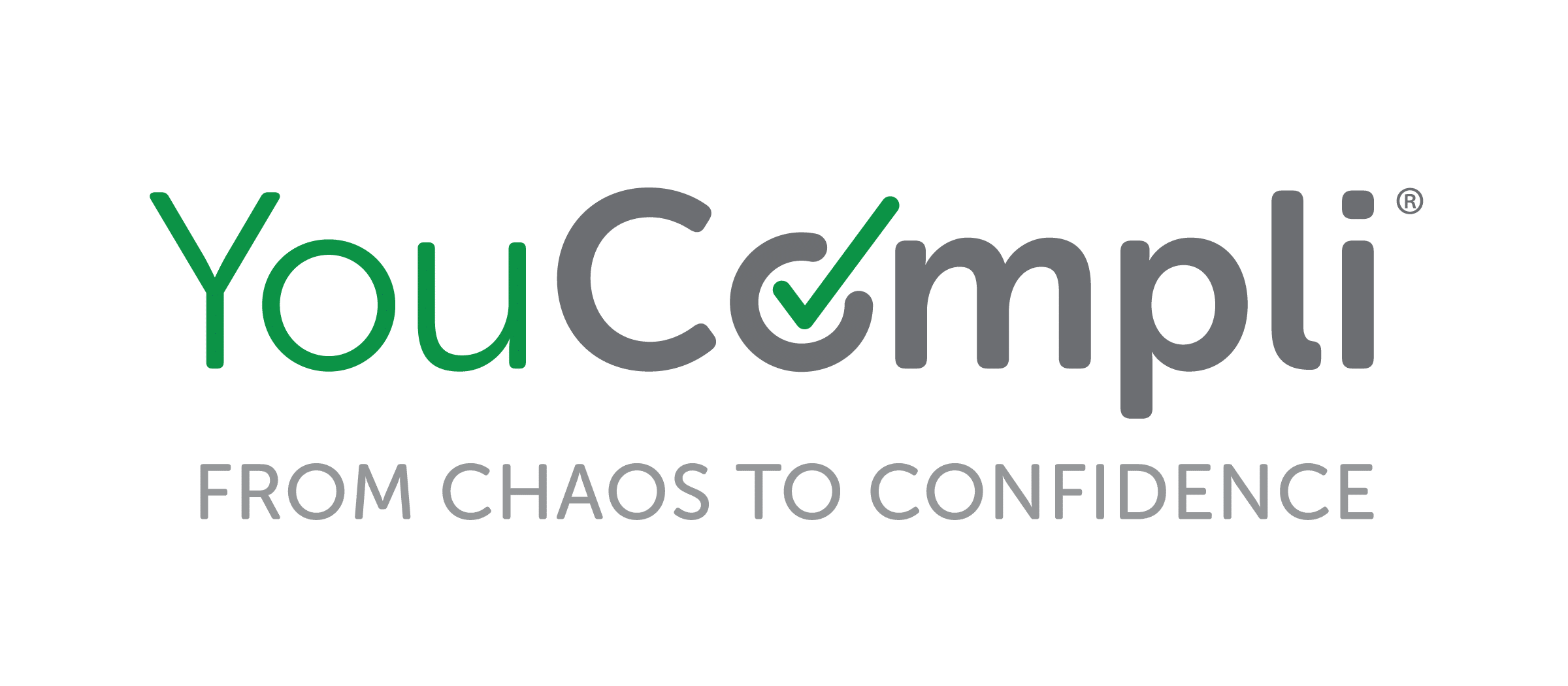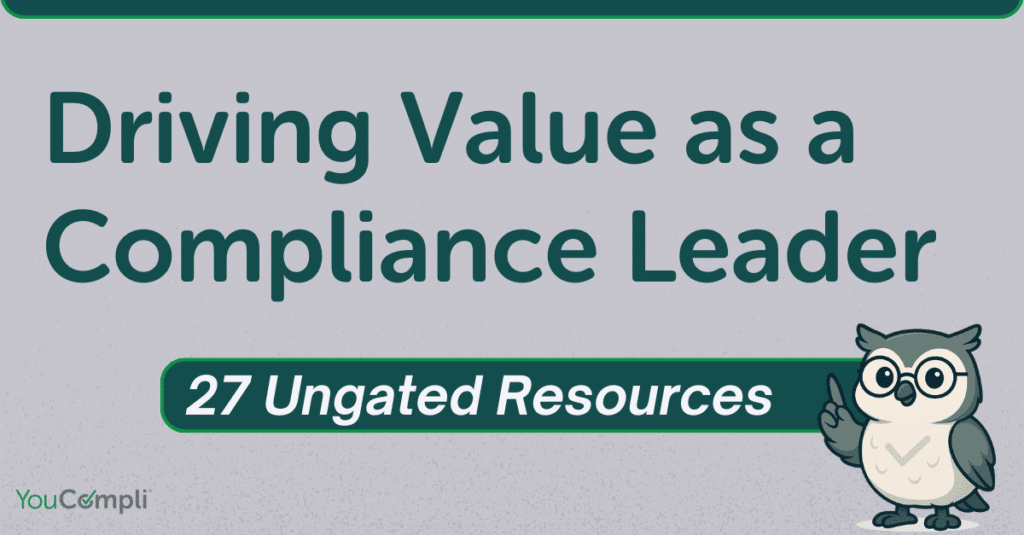
On a daily basis, compliance officers are asked to find solutions to a variety of operational requirements. For example, consider a regulatory change requiring the organization to adjust an operational process in order to bill for a particular service. In this case, the solution must be compliant and operational-friendly, but who’s responsible for making that happen?
While supporting operations in finding compliant solutions is part of our role, becoming the de facto fixer of what constitutes “operationally friendly” is beyond our scope. That piece must be owned by operations.
The challenge then becomes how to get operational leaders to take ownership for resolving their own compliance challenges.
Five Strategies to Help Operational Leaders Take Responsibility
These five strategies will help your operational leaders take responsibility for their particular compliance issues, while preserving your role as a trusted advisor.
#1 Use a “Coach” Mindset, Not a “Gotcha” One
If you want your leaders to take more ownership of their own compliance challenges, then position yourself as a coach who helps them think through problems and find solutions—not as a person who catches mistakes.
To pull this off, you need to be intentional about the types of questions you ask. More specifically, you want to ask curiosity-based questions, not judgmental ones. Here are some examples of guiding questions you can ask as you’re helping them find a solution:
- What challenges are you facing right now?
- Is there a part of this new regulatory change that feels uncertain to you?
- What steps do you think you need to take to address this issue?
- What’s one small step you could take today to move forward?
- What options or solutions have you considered?

Know When to Step In and When Not To
Having a coach mindset also means knowing when to step in—and when not to. For example, your role is to escalate compliance risk when appropriate (e.g. a deadline looks like it’s going to get missed), but it’s not to do the operational work for them (e.g., following up with a subject matter expert for their input).
If a leader doesn’t take action despite your support, then resist the urge to fix it yourself. Instead, document it and elevate appropriately within your organizational structure to bring about resolution.
Having a coach mindset encourages operational leaders to own their compliance challenges because when leaders feel heard and supported, they’re more motivated and invested in their work to find a solution. Also, by supporting those closest to the work in addressing issues, it leads to more practical (and often) faster solutions.
#2 Frame Risk as Operational Risk, Not a Compliance Burden
In my experience, operational leaders are more likely to engage when compliance is framed in business terms and not compliance jargon. For example, instead of reading or citing regulations, explain the operational impact of the requirement to them. Talk about things like billing delays, lost revenue, patient safety, or reputational damage.
Additional topics to consider when framing risk as operational risk include:
- Patient care
- Staffing
- Operational costs
- Budget variances
- Workflow
Framing risk as operational and not as a compliance burden helps promote ownership in solving compliance challenges for a couple of reasons. First, this approach speaks their language. When you frame risk in terms that operations understand, they’re more likely to grasp the urgency and relevance of the ask.
Second, it makes the problem theirs—not yours. If the risk is shown to impact their budget, performance metrics, or reputation, they’re more likely to feel responsible for addressing it.
Finally, presenting risk in this way increases engagement and accountability. When compliance risks are reframed as disruptions to their performance goals—employees naturally step into problem-solving mode and take accountability.
#3 Stay Curious, Not Critical
In my experience, the most effective way to approach communications with operational leaders when it comes to compliance is one rooted in a curious mindset, not a judgmental one.
For example, let’s assume a leader did not follow through on something they said they would do. A judgmental way to respond would be: “You said you would do this, but clearly that meant nothing.” On the other hand, if you said, “Tell me what challenges you’re facing in moving this forward?” that comes across less adversarial, and more likely to produce a collaborative discussion.
To help compare and contrast the two approaches, consider these additional examples:
| Judgmental Language | Curious Language |
| “Why would he do something so stupid? | “I wonder what information or pressure led him to that decision?” |
| “That’s a terrible idea.” | “What’s the reasoning behind that idea?” “What challenge are you trying to solve?” |
| “That department is just being difficult.” | “What might be making them act this way?” |
Taking a curiosity-based approach helps support leaders in solving their own compliance challenges because it builds psychological safety by inviting open dialogue and new perspectives. In my experience, operational leaders are more likely to think creatively when they don’t feel scrutinized.
#4 Make It Easy for Leaders to Act
Like compliance officers, operational leaders face constant pressure, decision fatigue, and competing priorities—all of which leads to cognitive overload. Relatedly, if the problem-solving process feels overly complex or burdensome, leaders are likely to disengage or defer responsibility.
To that end, making compliance easier for your leaders doesn’t mean dumbing it down—it means removing friction. (YouCompli Software is designed for this.)
When you need support, free up mental bandwidth demands by simplifying the work. Clearly communicating expectations or removing unnecessary steps frees up their mental bandwidth. In my experience, when leaders feel less overwhelmed, they are more likely to engage with issues and take initiative.
So how can you make the work easier for them? Here are some examples that may help:
- Explain compliance language in terms they can understand.
- Take the initiative to set up and facilitate root cause analysis discussions.
- Coordinate and facilitate stakeholder calls to discuss solutions.
- If they’re feeling stuck, suggest a series of smaller goals to achieve the work.
- Provide templates, decision trees, checklists, or other tools to make compliance easier.
- Offer potential solutions (but as pointed out above, don’t take on the work involved.)

Making the work easier for your operational leaders encourages them to solve their own compliance challenges because it makes the process more approachable and less threatening. That, in turn, increases their willingness to participate and take ownership. When leaders feel less overwhelmed, they are more likely to engage with issues and take initiative.
#5 Recognize and Reward Ownership
Finally, another way to foster operational ownership is to call out your leaders (publicly or privately)—in a good way of course—when they take the initiative to solve their own compliance issues.
For example, let’s assume an audit was conducted in a clinical department related to medical necessity documentation. As part of a corrective action plan, monitoring is needed to ensure the documentation is in the patient’s medical record. If the department director proactively develops a tool for monitoring and vets it with you, then in response, you might say:
“I really appreciate how you took ownership to proactively develop this tool. That kind of initiative supports us in maintaining a strong culture of compliance in the organization.”
If leaders only get attention when their problems are escalated to you, they learn to seek approval through dependence. Recognizing effective problem-solving flips the script. It signals that ownership and resolution—not escalation—are what gets rewarded.
Here are some ways you can recognize and reward your leaders:
- An unexpected handwritten thank you note directly to the leader, or better yet, the leader’s supervisor
- One-on-one verbal recognition
- A note sent from the Chief Compliance Officer (if that’s not you) to the leader
- Public recognition in a department or team meeting
- Nomination for a leadership award
- Feature in a compliance or organizational newsletter
Recognizing and rewarding great work is helpful for motivating leaders to solve their own compliance challenges. It creates a positive feedback loop where those behaviors become self-reinforcing and then contagious to others on the team.
Compliance work is complex, and compliance work requires human interaction. That is especially true when it comes to getting your operational leaders to find solutions to their own compliance challenges.

By following the strategies outlined above, you empower operational leaders to manage their own compliance risks. Just keep in mind that it is a process that takes time, but in the long run, an empowering leadership style will improve buy-in to your program and create a more cohesive culture of compliance.
Download a free PDF Tip Sheet Version of this blog below.
Jay is a compliance professional and consultant in Colorado. He is a healthcare lawyer with significant industry knowledge of the U.S. healthcare market. Over the past 20 years, he has worked for large for-profit and non-profit health systems and small physician-owned entities. In tackling the countless regulatory and operational issues for these diverse organization types, he has developed a deep understanding of the business of healthcare and the regulations governing the industry.
Take Free RL3M Assessment (Regulatory Lifecycle Management Maturity Model)
Download our Latest Whitepaper

27 Ungated Resources for Compliance Leaders and Teams
Compliance professionals sometimes feel undervalued in comparison to other functions in their organization. They think leaders and colleagues don’t really understand what they do.
These resources will help. Packed with ideas, tips and recommendations, these pieces were written by professionals with many years of compliance experience.
You can quickly skim for articles that relate to your needs and interests. Bookmark this page as a reference for future questions or projects.

- One Compliance Pro’s Regulatory Change Management Process
- Five ways to show how healthcare Compliance delivers value
- 12 key metrics for compliance officers looking to…
- Transforming Compliance to a Department of Yes
- Revenue Cycle Management Compliance: Ensuring…
- Three Strategies to Align Compliance with Revenue Cycle
- Navigating Compliance Responsibility: A Foundation…
- Elevate Healthcare Quality Training: Focus, Not Filler
- How the Three Lines Model Strengthens Healthcare Compliance
- Mitigating Conflicts of Interest that Drive Profit…



